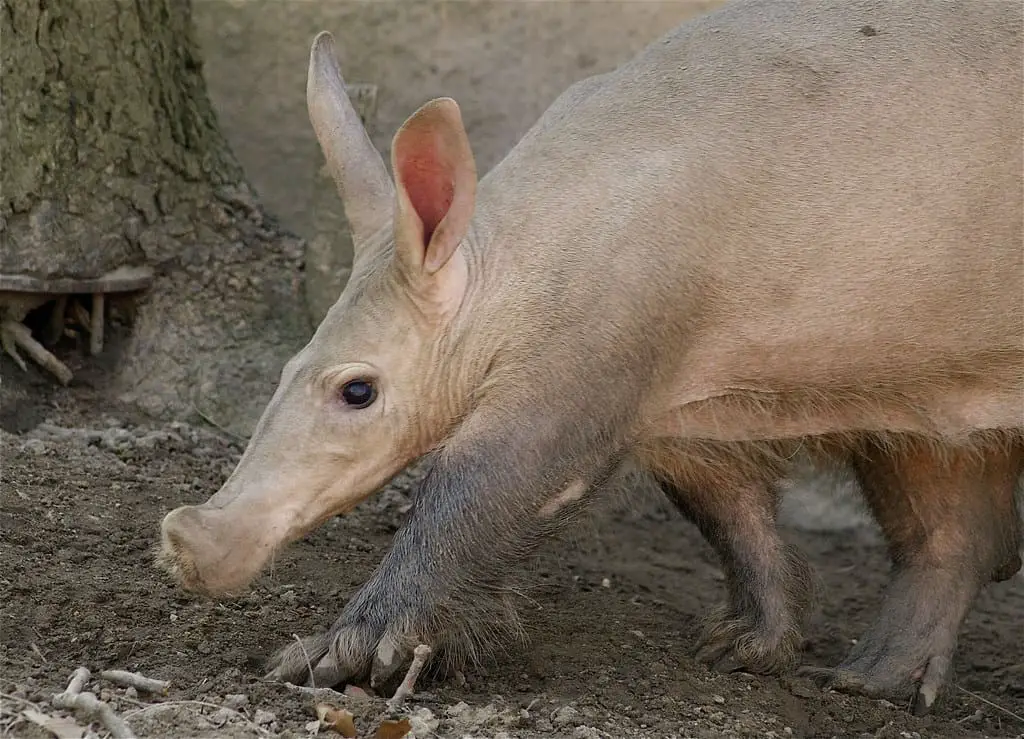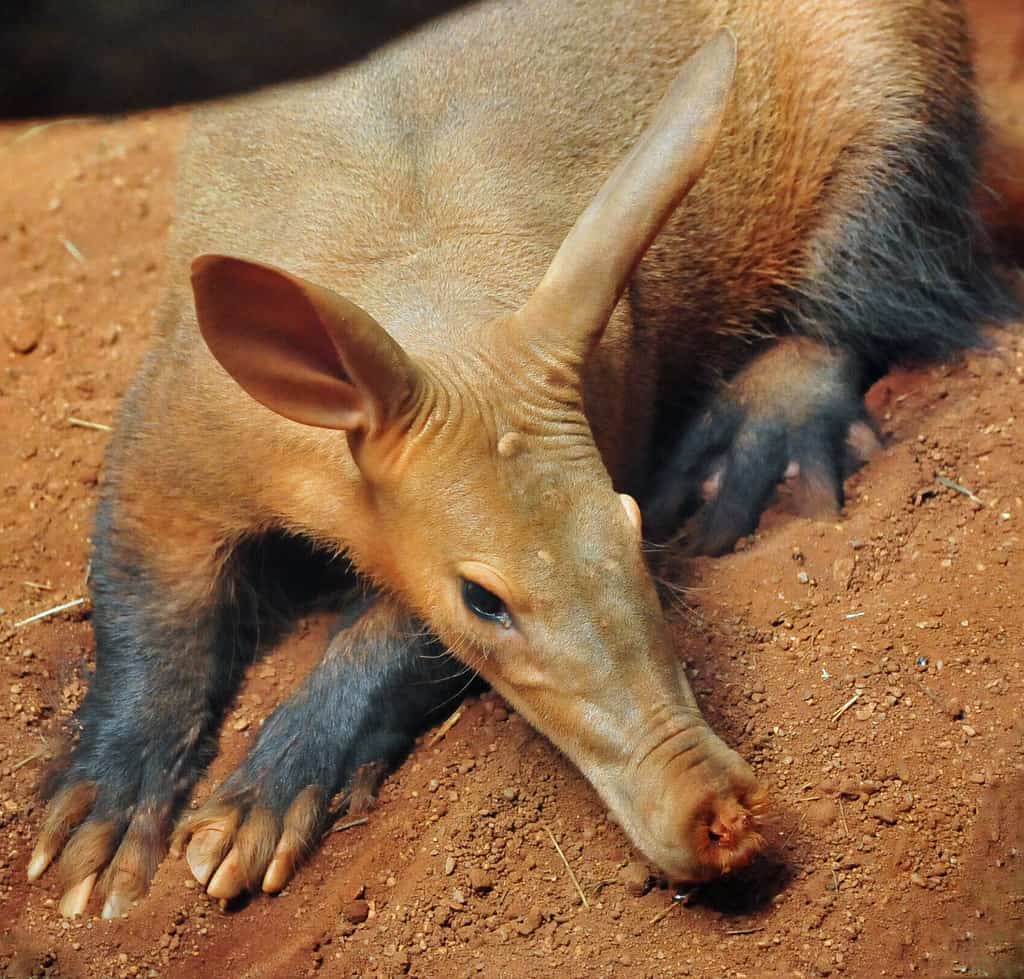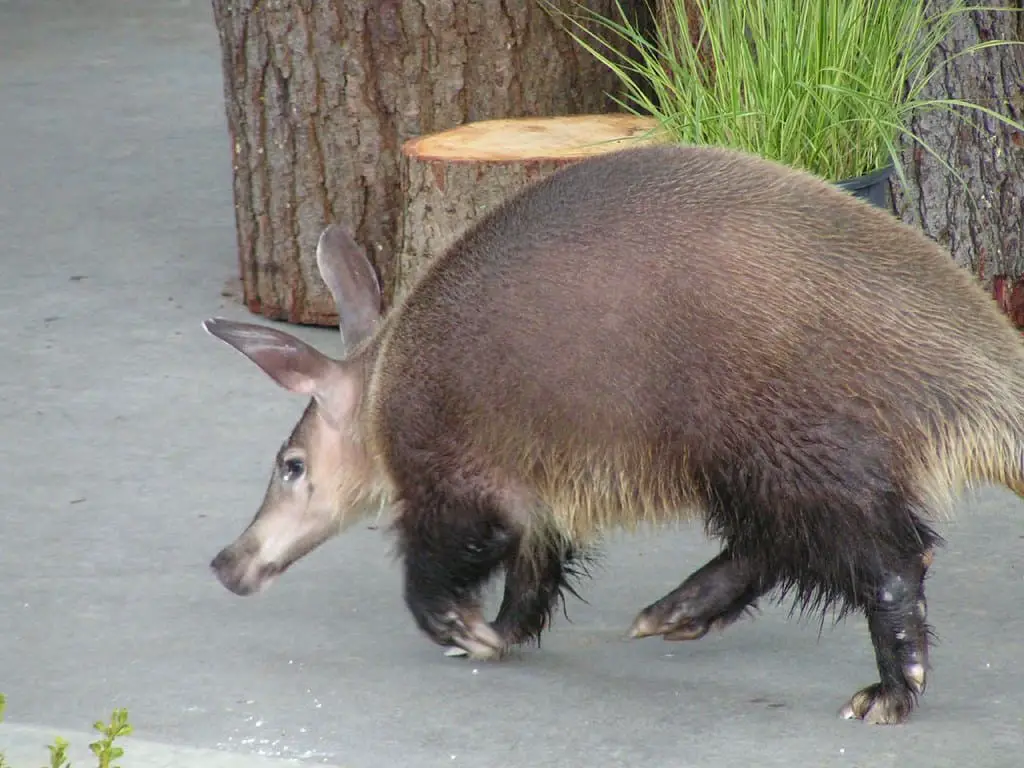Aardvarks, the elusive and fascinating mammals native to Africa, have captured the interest of scientists and animal enthusiasts alike. As the sole surviving species within their animal family, these nocturnal creatures are true living fossils with unique evolutionary, anatomical, and behavioural traits. In this article, we will explore the captivating world of aardvarks, delving into their origins and evolution, distinctive appearance, diverse habitats, and intriguing lifestyle. Additionally, we’ll examine their impressive diet and prey hunting techniques, the challenges they face from predators and human interference, as well as the ongoing conservation efforts to protect these enigmatic animals.
Unravelling the Mystery of Aardvarks: Classification and Overview
Aardvarks, small pig-like mammals native to Africa south of the Sahara, inhabit various environments across the continent. These mostly solitary creatures spend their days in underground burrows to escape the heat, emerging during cooler evenings to forage for food. Their name, derived from the Afrikaans language, means “Earth Pig” due to their long snouts and pig-like bodies. Aardvarks are unique as the sole surviving species within their animal family. Previously, they were believed to be closely related to insectivores like armadillos and pangolins; however, it is now thought that elephants are their closest living relatives.

Aardvark Evolution: A Tale of Living Fossils
Aardvarks possess a unique evolutionary history, with the highest score for evolutionary distinctiveness according to the EDGE scientific method. This is because they have few close relatives and have been evolving independently for millions of years. Aardvarks are the only surviving species of the order Tubulidentata, with their closest relatives having gone extinct during the Pleistocene era (2 million years ago).
Aardvarks are considered living fossils since they have remained relatively unchanged since their ancient origins. Their scientific name, Tubulidentata, refers to their unusual teeth, which are composed of hundreds of individual straw-like tubes held together by the same material that holds our teeth in place. These tubes are continuously replaced and regrown. Despite having only 12-14 primitive teeth, aardvarks can consume 50,000 ants and termites in one night using their sticky tongues. Their genetic makeup is highly conserved, suggesting little evolution since ancient times.
The Aardvark’s Unique Anatomy: A Blend of Features
Aardvarks display a unique appearance, with medium-sized, almost hairless bodies and long snouts resembling pigs. Their thick skin protects them from the sun and insect bites. They have tubular, rabbit-like ears that can stand upright or fold flat to prevent dirt from entering when underground. Aardvarks also have strong claws on their spade-like feet, enabling them to dig efficiently. Although they have poor eyesight, they navigate their surroundings using an excellent sense of smell.

Exploring Aardvark Habitats: From Deserts to Rainforests
Aardvarks can be found across sub-Saharan Africa, inhabiting various environments from deserts to rainforests. They require good soil to dig their extensive burrows, which can be up to 33 feet long and cover one to two square miles. These burrows often have multiple entrances and enable aardvarks to quickly detect predators using their keen sense of smell.
A Glimpse into Aardvark Lifestyles and Behaviors
Aardvarks are primarily solitary animals that come together only for mating. They live in underground burrows to protect themselves from the heat and predators. Nocturnal by nature, they leave their burrows at night to search for food and water, often traveling several miles to locate large termite mounds. They can also quickly dig temporary burrows for protection if needed.
Aardvark Reproduction: The Circle of Life
Aardvarks have specific mating seasons, with offspring born in either October-November or May-June, depending on the region. Female aardvarks typically give birth to a single offspring after a seven-month gestation period. Newborn aardvarks are born hairless and pink and remain in the safety of the burrow for the first two weeks. They are weaned at around three months old and leave their mother’s burrow at six months to dig their own.
Aardvarks: An Ant-Loving Diet and Impressive Prey Hunting Techniques
Aardvarks primarily feed on ants and termites, though they may also consume other insects such as beetles and insect larvae. Their strong limbs and claws allow them to efficiently break into termite mounds, while their long, sticky tongue helps them capture insects inside. They consume their prey whole without chewing, as the insects are ground down in their muscular stomachs. Although aardvarks have columnar cheek teeth that serve no functional purpose, they use the incisors at the back of their mouths to chew larger ant species. They also use similar techniques to break into underground ant nests.
Predators and Perils: The Aardvark’s Fight for Survival
Aardvarks face threats from predators such as lions, leopards, hyenas, and large snakes like pythons. Their primary defense is to quickly retreat underground, but they can also be aggressive when threatened, using their sharp claws and powerful back legs to fend off attackers. Additionally, aardvarks are threatened by humans who hunt them and destroy their natural habitats.
Fascinating Facts: Unveiling the Aardvark’s Secrets
Aardvarks use their long, sticky tongue, which can grow up to 30 cm in length, to consume up to 50,000 insects per night from termite mounds or underground ant nests. They are sometimes referred to as “Antbears” because of their insectivorous diet. Aardvarks are believed to obtain most of the moisture they need from their prey, requiring little additional water intake. They are considered one of the world’s most prolific diggers, capable of moving two feet of soil in just 15 seconds.
Aardvarks and Humans: An Elusive Connection
Aardvarks are rarely seen by humans because they are nocturnal creatures that hide in their burrows during the day and forage at night. In some areas, however, they are hunted for food and are increasingly affected by habitat loss caused by deforestation and the expansion of human settlements.
Conservation Efforts: Safeguarding the Aardvark’s Future
Aardvarks are currently listed as a species of Least Concern by the IUCN. Although their population numbers have declined in some countries, they remain stable in others and are commonly found in protected areas and regions with suitable habitats. Habitat loss due to deforestation and expanding human settlements is an increasing concern. Exact population sizes are not fully understood due to their elusive nature.
Conclusion
In conclusion, aardvarks are truly remarkable creatures with a unique evolutionary history and distinctive characteristics. These enigmatic animals have adapted to thrive in various environments across sub-Saharan Africa, showcasing their resilience and versatility. Despite facing numerous challenges from predators and human encroachment, aardvarks continue to survive and contribute to the ecosystem as efficient insect hunters. As we strive to learn more about these elusive animals and the roles they play in the natural world, it is essential that we continue to promote and support conservation efforts to ensure their long-term survival and the health of their diverse habitats.

Frequently Asked Questions about Aardvarks
What is an aardvark?
An aardvark is a medium-sized, nocturnal mammal native to sub-Saharan Africa. They are the sole surviving species of the order Tubulidentata, characterized by their unique teeth and a pig-like snout.
What does “aardvark” mean?
The name “aardvark” comes from the Afrikaans language and translates to “Earth Pig” due to their pig-like appearance and burrowing behavior.
What do aardvarks eat?
Aardvarks primarily eat ants and termites, although they may occasionally consume other insects like beetles and insect larvae.
Are aardvarks related to anteaters?
Although aardvarks share similarities with anteaters in their diet and appearance, they are not closely related. Aardvarks are actually more closely related to elephants.
How do aardvarks protect themselves from predators?
Aardvarks rely on their burrows for protection, quickly retreating underground when threatened. They can also use their sharp claws and powerful back legs to fend off attackers if needed.
How long do aardvarks live?
Aardvarks can live for over 20 years in captivity. Their lifespan in the wild may be shorter due to predation and other factors.
How do aardvarks reproduce?
Aardvarks have specific mating seasons, with offspring born in either October-November or May-June, depending on the region. Female aardvarks give birth to a single offspring after a seven-month gestation period.
What are the main threats to aardvarks?
The primary threats to aardvarks are predation by large carnivores like lions, leopards, and hyenas, as well as human activities such as hunting and habitat destruction.
What is the conservation status of aardvarks?
Aardvarks are currently listed as a species of Least Concern by the IUCN. While their population numbers have declined in some countries, they remain stable in others and are commonly found in protected areas and regions with suitable habitats.
Are aardvarks social animals?
Aardvarks are primarily solitary creatures, coming together only for mating purposes. They spend their days in underground burrows and forage alone during the night.